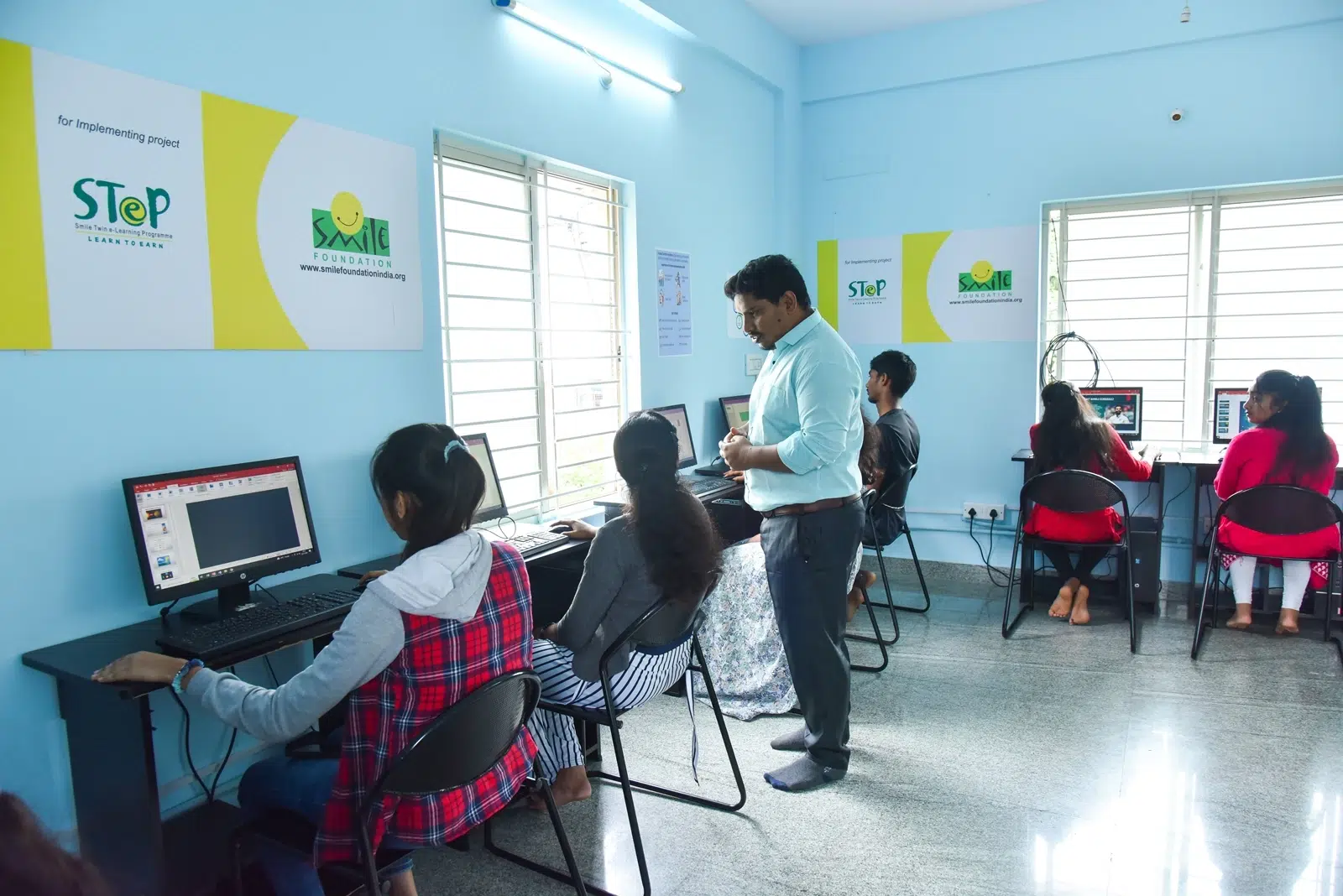A higher status of women participating in a country’s workforce indicates a better economic outcome, and, in reality, it is a key indicator of a nation’s overall growth. At a time when inflation looms large with living expenses soaring leaps and bounds, family expenses are no longer borne alone by the men in the families. With times changing and more awareness around gender equality, more women are coming out of the house to earn their living. However, women’s participation in the male-dominated public workspace continues to be fraught with challenges.
According to Indian Census data (2011), the female population is 587 million, constituting 48 per cent. Yet, only 29 per cent of women over fifteen are in the workforce.
While data suggests that India’s female labour participation rate (FLPR) has increased in the last decade, an increase from 25.3% in 2017-18 to 35.6% in 2021-2022 and 37% in 2022-23, it still lags behind the male FLPR, which was 78.5% in 2022–2023. While female workforce participation increased in urban India, it has only decreased in rural areas.
What are the specific challenges here?
Workplaces have never treated men and women on equal grounds, with most of it being perceived as male-dominated. The gender pay gap continues to remain large despite equal levels of qualifications along with widespread sexual harassment of women in all fields of employment. In addition to this, women are frequently denied work opportunities owing to motherhood, with many workplaces still denying maternity leaves. Deserving women who work twice as hard to show themselves are commonly passed over for promotions. Even when there are suitable women who are just as competent in handling the tasks, it is not unknown how top positions are passed on to males.
Gender biases to denying maternity leaves
Almost daily, women face gender biases and discrimination at workplaces, being casually brushed at them. Gender bias may storm in various forms – from being offered lesser pay treatment in certain ways to denying maternity benefits. Reports and research suggest that there exists a typical discrimination against women who are married and haven’t had children. Many companies worry that new women hires may soon take maternity leave. Pregnant women or those with young children often face disadvantages, both in recruitment and in seeking workplace opportunities due to this. This insufficient maternity support can deter women from seeking leadership roles early in their careers. On the other hand, long maternity leave policies might impact women’s participation in the workforce if they dissuade employers from hiring or advancing women of childbearing age. These lead to less jobs for women.
Many companies fear that they may go into a maternity break soon after onboarding. Pregnant women or women with young children are at a relative disadvantage, both during the recruitment process as well as vying for opportunities at the workplace. Lack of adequate maternity provisions can discourage women from pursuing a leadership track from a very early stage.
On the other hand, too long a leave may undermine women’s labour force participation if it discourages employers from hiring or promoting women of childbearing age. This exacerbates the job-hunting difficulties for several women, causing a setback to the overall drive to increase women’s participation in the workforce.
Growing gender pay gap
Gender disparity in wages and pay has been a global concern for about a century, caused by deep-rooted systemic barriers that women face when trying to advance to higher-paid leadership roles. A McKinsey survey shows that women are significantly less likely to be chosen or hired for managerial levels than men in a corporate workplace, pushing them to hit a “broken rung” on the career ladder, which can stall their career progression. These barriers can largely limit women’s access to career advancement and, over time, result in lower salaries.
In addition, women may choose to work part-time or take time off to care for children or families owing to social structures. While these choices may be necessary for personal reasons, they also limit women’s earning potential over time as they are frequently penalised in their careers for choices thrust on them. This lets them be passed over for promotions and important projects, as they are perceived as less hard-working or dedicated than their male counterparts.
Lack of infrastructure leads to a lesser women-led workforce; no jobs for women
Adequate sanitation facilities and infrastructure are needed for women’s participation in the workforce and a lack of has negative consequences for women. Unhygienic latrines often become a significant reason for women avoiding workplaces. Lactating mothers, menstruating women, elderly women and others – often need access to clean bathrooms to avoid health issues. Further, women in India continue to feel unsafe while using public transport to commute to work. With the lack of safe public transport options after late evening and a lack of gender diversity in public spaces, women are often discouraged from their homes to venture out alone.
Are there no jobs for women?
For Indian women, sexual harassment is an abhorrent reality of their daily lives. Women often struggle with complaints against harassment cases because they are not adequately and sensitively addressed by employers despite the increased awareness surrounding sexual harassment instances. Employers who have partially or completely implemented the law’s provisions are either ignorant of them, and even those that do have members with inadequate training. Women perceive sexual harassment differently than men do, and their orientation to dispute–resolution processes are likely to differ as well. This gender bias is likely to discourage women from reporting complaints.
Smile Foundation and women in workplaces
At Smile Foundation, we believe in empowering women in all spheres of life. Through our Swabhiman initiative, we strive to empower more and more women to contribute to the overall economic advancement of society in addition to more jobs for women. We understand that the two most significant challenges women often face in the workplace are discrimination and gender bias, and therefore, through our programme, we work to create a safe, supportive environment that values gender equality and diversity. The bottom line is that women who are significantly empowered benefit society and themselves.









